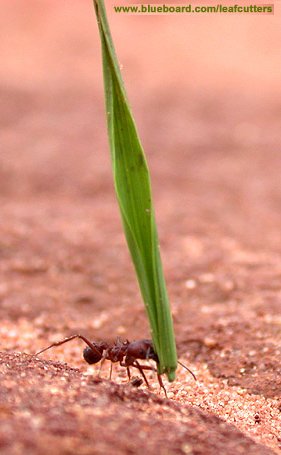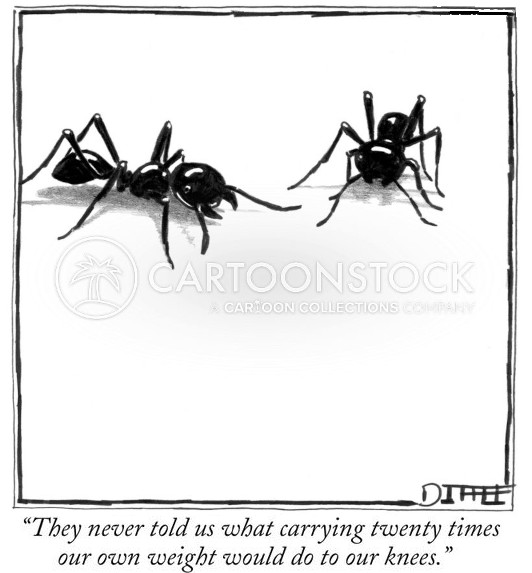 |
 | ||||||||||||||||||||||||||||||||||||||||||||||||||||||||||||||
|
|||||||||||||||||||||||||||||||||||||||||||||||||||||||||||||||
Links about sunspots:
|
|||||||||||||||||||||||||||||||||||||||||||||||||||||||||||||||

About the weather - fog in a bottle.
Here in Santa Fe, we live in a desert. I wanted them to understand why this is so, when if you go inland a similar distance from the westcoast of europe, you're not in a desert at all. The story has to do with the fact that along the american westcoast, there is a large mountain range, which forces the air up and causes all its moisture to condense out. Many kids in this 3rd grade class had been to California, and as it turns out, all to coastal cities, and they could all attest to the wet climate there, at least compared to here. To demonstrate that expanding air cools, and as a result cannot hold on to the moisture it contained, I did this demonstration which sure caught their attention (it was also meant to be an intro to the outdoor session on rockets we will do in a few weeks). I had a 1-liter clear plastic pop bottle, with a few tablespoons of water in it. I had a rubber stopper with a hole through the middle, a few pieces of plastic tubing, and a valve stem. Look here for more details. All this is put together so that you can pump air into the bottle with your bicycle pump. I had a volunteer hold the bottle. After a few strokes, I shook the bottle so that the water could saturate the air in the bottle at that pressure. Actually, since the air that is pumped into the bottle bubbles up through the water, I don't think the shaking is necessary. Anyway, after a few more strokes of the pump, the stopper let go and the compressed air blew out the bottle with a great bang. The bottle took off, and hit the ceiling, luckily just missing the brand-new light fixtures. It is filled with fog which luckily lasts for quite a while. We did this a few more times, this time making sure that the bottle did not take off. However, every time the cork lets go, there is an impressive and spectacular BANG. |
|||||||||||||||||||||||||||||||||||||||||||||||||||||||||||||||

Static Electricity
My friend Charles Brunn had built a Wimshurst machine some years ago, which we had brought in in the past, but it was not always reliable. We decided to build a new one, as well and pretty as we could. The picture shows the current status of the machine, with temporary plywood base and uprights, but finished walnut Leyden jars. Eventually all wooden parts will be walnut and birch. The machine has a hand crank at the back, and makes sparks between the balls on top. There are all sorts of demos you can do with this.
First, there is the 'like charges
repel and opposite charges attract', with little aluminum foil
balls on thin wire, which repel each other when charged. Another one demonstrating
the same thing is a strip
of aluminum foil held between the spark balls will flap back and forth as
it touches one ball and picks up its charge, and the goes the other way.
Paper held between the terminals does not do the same thing, but the sparks
go right through it. Sparks do not go through a credit card (before you
pull a random card out of your wallet, check them out - I found that I have
several cards that apparently are good enough conductors to happily pass
sparks; my guess is that ink, laminating glue and other stuff is to blame.
I found some related links for you:
|
|||||||||||||||||||||||||||||||||||||||||||||||||||||||||||||||

How come ants can carry loads 20 times
their body weight?
I like this question because it is the simplest example of dimensional analysis, and relates to things kids have already observed themselves. Here's what I did:
I had prepared 2 cubes of clay of 200g each. As we started talking about how they've all seen ants carrying away big cookie crumbs, and many have seen on TV parasol ants carrying big parts of leaves, I fashioned a mouse-like animal out of one of the lumps. When I was done, I weighed it, and of course it was 200g. Then I measured its length, which was (surprise) 10 cm. Now we have to measure how strong our clay mouse was. Since muscle strength depends on how many muscle fibers you can string between two attachment points, you have to measure the cross sectional area of a muscle. Here the knife comes in. You cut the mouse squarely in two (to the protesting cries of the young onlookers), and squeeze the circular cross section into a square, so that you can easily measure the area. If all goes well, this is 4x4 cm2. We called this first mouse Alice, and wrote her statistics on the board.
I play the game one more time, using another of the cubes we cut in step 2, and go through the process one more time, producing an even smaller and cuter mousie which got called Cathy. The statistics for this trio are written on the board, and shown here:
The thing to note is that even though the length, weight and strength all go down from Alice to Bob to Cathy, they don't go down in the same way. Alice is 4 times as long as Cathy, but is 16 times as strong and weighs 64 times as much!
Suppose now that for each unit of strength, Alice can carry
a load of 12.5 grams. Since he has a strength of '16', she can carry a
load
of 16x12.5=200 grams. In other words, she can carry a load equal to her own
body weight. Now look at Bob: his muscle strength is rated a '4', so he
can carry only 4×12.5 = 50 grams. However, this is twice his own
body weight. Finally Alice can carry only 12.5 grams, but this is
four times her own body weight!
So, smaller animals can lift more stuff, relative to their own weight, even though their muscles are made of the same stuff. The trick is that length is measured in one dimension, whereas strength is proportional to length squared (=surface area), and weight is proportional to length to the third power (=volume).
Going the other way, if an ant were magically enlarged to the size of
a sheep, she would not be able to stand up, and a mouse scaled up to the
size of an elephant would break all it's bones under it's own weight. The
strength of the bones, proportional the the cross section, needs to be
larger. Therefore elephant bones are a lot thicker than simply
enlarged mouse bones.
Some links:

May 1998, updated 2021 |
|||||||||||||||||||||||||||||||||||||||||||||||||||||||||||||||
| |||||||||||||||||||||||||||||||||||||||||||||||||||||||||||||||


 I therefore built an equatorial mount especially for observing the sun. In the
picture on the right you can see the black spotting scope, which projects
an image onto the little square piece of plywood in the back, which acts
as an index card holder.
Since the
sun dips and rises only 22 degrees above and below the average, such a
mount is simpler than a general polar mount for a stellar telescope.
I therefore built an equatorial mount especially for observing the sun. In the
picture on the right you can see the black spotting scope, which projects
an image onto the little square piece of plywood in the back, which acts
as an index card holder.
Since the
sun dips and rises only 22 degrees above and below the average, such a
mount is simpler than a general polar mount for a stellar telescope.



